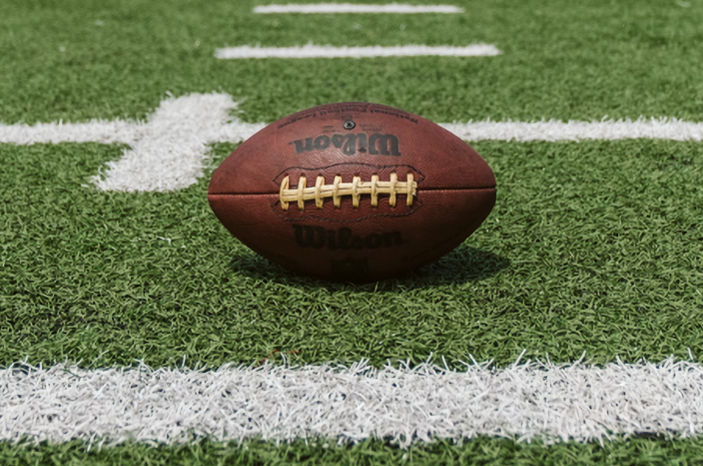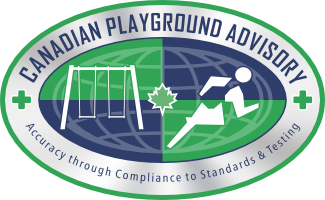Turf Standards for Head Injury
Close is for Horseshoes and Hand Grenades, not Athletic Field Standards
Vol 8 Issue 1, Apr 2017
The issue of prevention of injury, primarily head injuries, has been a concern of manufacturers, designers, owners and users of synthetic turf fields. For more than 45 years impact attenuation has been measured through the use of ASTM F355, Procedure A. Although there had been some connection to the early automotive injury prevention data and the recommendation of the CPSC in the 1981 Handbook for Public Playground Safety that “a surface should not impart a peak acceleration in excess of 200 g’s to an instrumented ANSI headform, dropped on a surface from the maximum estimated fall height”, it has been determined that this needed revisiting given current information related to head injury studies in field sports. The key to this investigation is accuracy. It must also generate a standard that allows for anyone to perform the testing following the requirements of the standard.
For many years there was concern that the impact attenuation pass/fail of 200g in the ASTM F1936, Standard Specification for Impact Attenuation of Turf Playing Systems as Measured in the Field, utilizing the ASTM F355 A missile was not providing the protection particularly for head injuries. This was brought to a head with a ballot in the ASTM F08.65 sub-committee on Artificial Turf Surfaces and Systems to lower the maximum g from 200 to 160. The Synthetic Turf Council (STC) and NFL have set their threshold to 165g. Some of the concern was that a 200 g value with the 20lb A missile could not be equated to the same energy as the 11lb ANSI C missile of the original CPSC recommendation and because anything measured with the A missile does not represent a bare head impact. Additionally work in the mid-1990s in the ASTM F08.63 sub-committee on Playground Surface Systems determined through round robins and scientific analysis that the 10.1lb ASTM F355 E missile provided identical, repeatable and reproducible results for all surfacing systems, loose fill and synthetic, used in playgrounds as with the ANSI C. The ANSI C and F355 E were allowed interchangeably in the ASTMF1292-99 and the ANSI C was dropped in the 2004 revision.
For the full newsletter please download the PDF.




